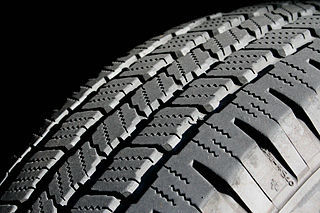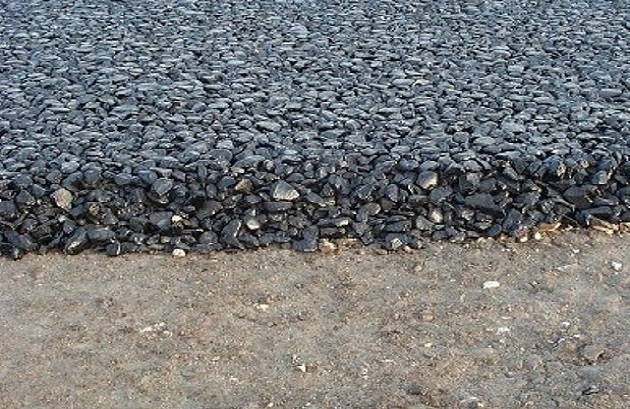Tyre Traction
Classical Mechanics
Level
2

Why do car tyres have grooves in them?
They increase the heat generated by the tyre
They get rid of water between the tyre and the ground on a wet road
They reduce the area of contact between the road and the tyre
This section requires Javascript.
You are seeing this because something didn't load right. We suggest you, (a) try
refreshing the page, (b) enabling javascript if it is disabled on your browser and,
finally, (c)
loading the
non-javascript version of this page
. We're sorry about the hassle.

Grooves prevent water from accumulating between the tire and the ground while driving on a wet road since water can disperse out through the grooves. This prevents aquaplaning, a phenomenon where the tires lose traction with the ground because of a layer of water present in between. This results in the car losing control.
Grooves indeed reduce the area of contact between the ground and the tire. NASCAR cars have tires without any grooves, such tires are known as slick tires. Slick tires have a greater area of contact than grooved tires. This provides more traction than grooved tires. However, slick tires are much more likely to aquaplane when it rains, significantly reducing the traction of the tires and making it very unsafe to drive when it rains. This is the reason why NASCAR races don't take place when the racetrack is wet.
Grooves also undergo more compression and expansion, and as a result, grooved tires generate more heat than slick tires.
Still, these two tradeoffs are made in passenger-car tires to increase safety on wet roads. A slick tire may provide better traction on a dry road, but a grooved tire provides reasonable safety on dry as well as wet roads.